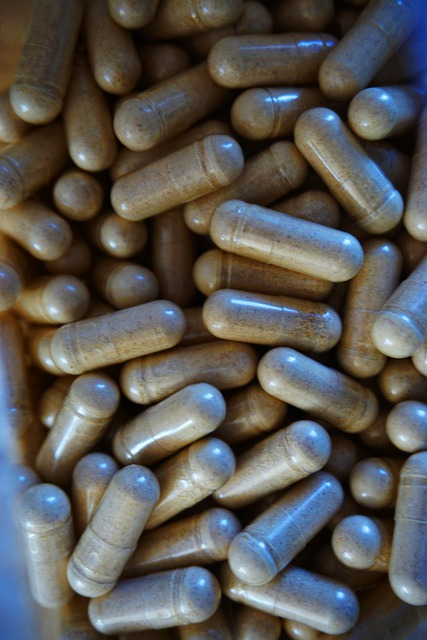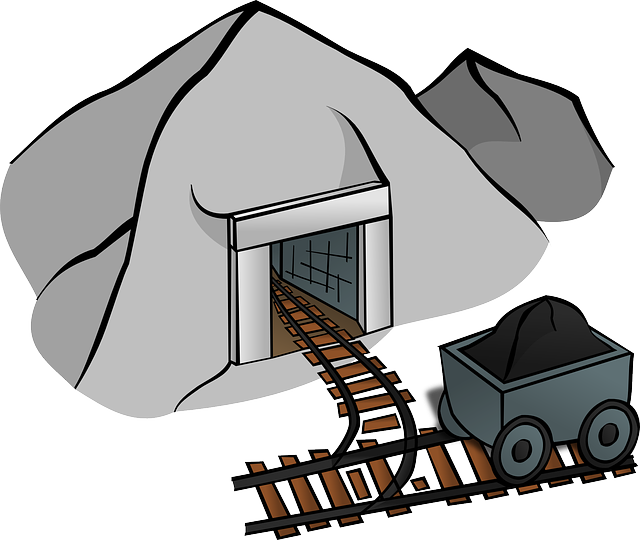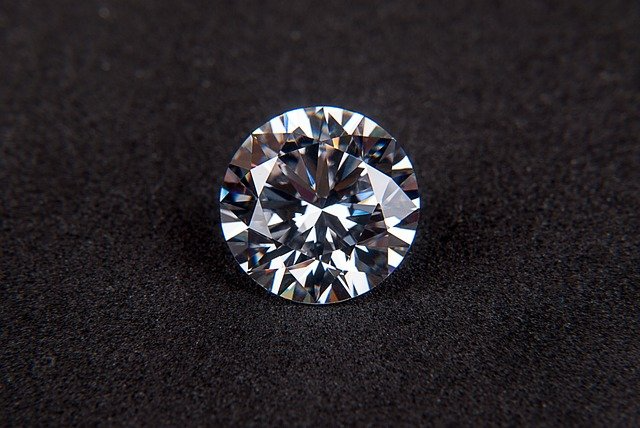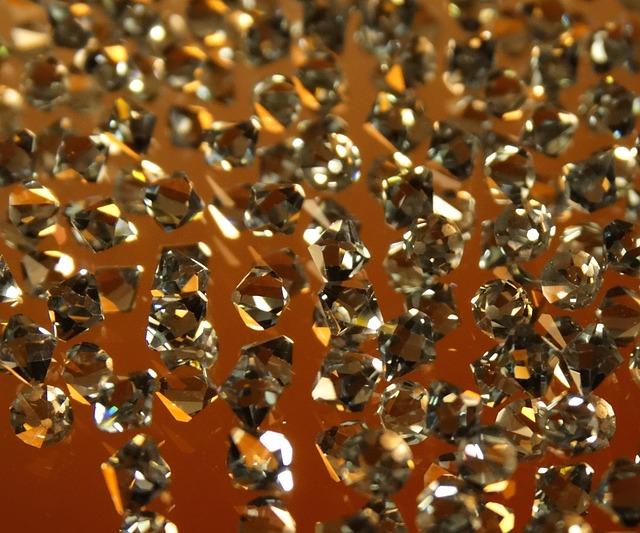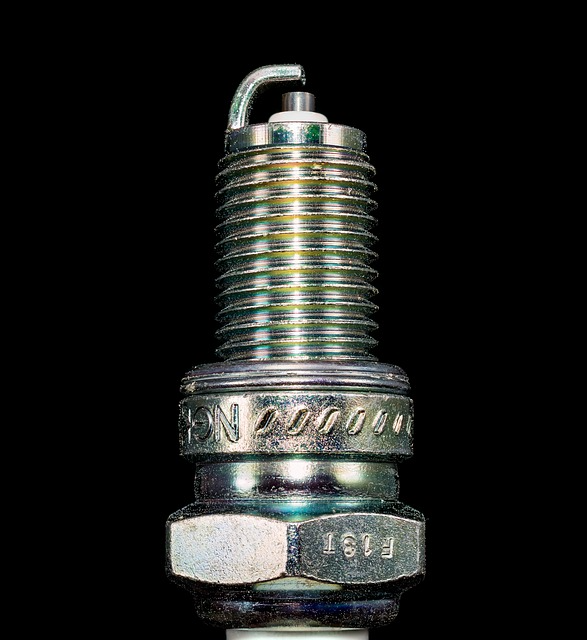The Estimated Average requirements of zinc by the U.S Institute of Medicine for women and men age 14 and above is 6.8 and 9.4 mg/day, respectively. Recommended Dietary Allowances (RDAs) for woman pregnancy is 11 mg/day and for lactating is 12 mg/day. Tolerable upper intake levels set by the U.S Institute of Medicine for adults in case of zinc is 40 mg/day.
What foods have zinc?
Foods that are rich in Zinc are
Fowl,
Eggs,
Meat,
Fish,
Shellfish
In plants the concentration of Zinc varies depending on the zinc in the soil some of the foods which have Zinc are:
Wheat
Sesame,
Poppy,
Mustard
Alfalfa, and
Celery.
Zinc can also be found in blackcurrant (black currant or cassis), pumpkin seeds, sunflower seeds, beans, nuts and almonds etc.
What is zinc?
Zinc is a chemical element that has the atomic number (Z) 30. It has a standard atomic weight of 65.38 and it is represented by the symbol Zn. In the periodic table, it can be found in group 12 and period 4. It is a d-block transition metal with a silvery-grey appearance. The electronic configuration of Zinc is 1s2, 2s2, 2p6,3s2, 3p6, 3d10, 4s2. Zinc has 30 electrons and 30 protons while it has 35 neutrons. It is solid and slightly brittle at room temperature. At standard temperature and pressure, it has a density of 7.14 g/cm3. Its melting point is 692.68 K ?(419.53 °C, ?787.15 °F) and its boiling point is 1180 K ?(907 °C, ?1665 °F).
The 1st ionization energy required is 906.4 kJ/mol. Zinc electronegativity is 1.65 ( Pauling scale) and its oxidation states may be −2, 0, +1, +2. Zinc has 25 radioisotopes and 5 stable isotopes. Zinc-64 is most abundant in nature 48.6%. Zinc is believed to be discovered in India (1000 BCE). A German chemist by the name Andreas Sigismund Marggraf first isolated pure Zinc in 1746.
Zinc could be found in Earth's crust up to an average of 5-770 ppm. It is the 24th most abundant element in Earth's crust. In seawater, it could be found in a concentration of 30 ppb. It is found in ores with other base metals like copper and lead. Some of the Zinc minerals include hydrozincite, wurtzite, smithsonite and hemimorphite etc. Zinc is the fourth most used metal after iron, Aluminium and Copper. Countries which is supplying most of the World Zinc are China, Peru, Australia, India, the United States and Mexico.
Zinc has a wide range of application some of the following are,
Brass is an alloy of zinc and Copper which contain Zinc from 3-45% depending on the material.
It is used in batteries because it is more reactive than iron and steel. It is used for Galvanization. It has anti-corrosive properties.
Cadmium zinc telluride (CZT) is used in semiconductors and in integrated circuits.
Zinc oxide is used in white paint and a catalyst in rubber manufacturing.
Zinc chloride is used as a wood preservative and fire retardant.
Zinc sulfide is used in luminescent pigments.
Zinc dithiocarbamate complexes in agriculture as fungicides.
Zinc is an essential trace element for animals and humans.
